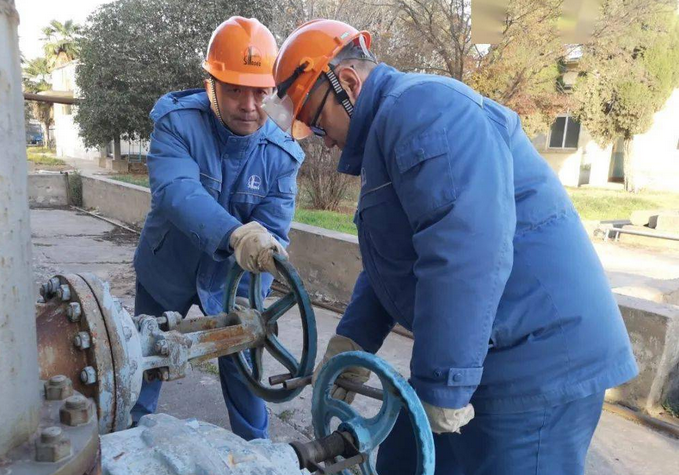Antifreeze measures for standby pumps in winter
Antifreeze measures for standby pumps in winter are essential to ensure that the equipment can operate normally in a low-temperature environment and avoid problems such as freezing, cracking, and blockage. The following are some commonly used antifreeze measures:
1. Cooling water system management
Keep cooling water unobstructed:
For the pump jacket cooling water system, ensure that the cooling water remains unobstructed, and the upper and lower water bypass valves should be slightly open to prevent the water line from freezing.
Check the cooling water pipeline regularly to ensure that there is no blockage or leakage, and clean and repair as needed.
Cut off or maintain cooling water:
For pumps installed outdoors or in uninsulated rooms, the cooling water should be completely cut off before winter, the cooling water inlet and outlet valves should be closed, or the cooling water system should be disconnected from the pump body, and the water stored in the pump body and the water jacket should be drained.

For pumps that cannot stop using cooling water, a certain amount of cooling water should be ensured, and the number of inspections of the cooling water system should be increased to prevent cooling water interruption or pipeline blockage.
2. Standby pump management
Keep the medium flowing:
The bypass of the standby pump outlet check valve should be kept at a certain opening to keep the medium flowing and prevent the medium inside the pump body from freezing.
For equipment that transports low-temperature and frosty media, its insulation (cold-keeping) facilities should be kept complete and intact. The standby pump can be preheated and kept in standby mode through the preheating line to keep the pump body temperature above the freezing point.
Regular cranking:
All standby pumps should be cranked at regular intervals to prevent the pump shaft and bearings from getting stuck or rusted due to long-term static. When cranking, pay attention to whether the pump shaft rotates flexibly and whether there are any abnormal sounds.
3. Drainage and purging
Emptying accumulated water:
Pay attention to draining condensate from the low point of the equipment, and use wind to purge the accumulated liquid and water in the equipment cavity. In particular, there should be no accumulated water remaining in the cooling jacket of the equipment.
For components such as the pump body and water seal tank, industrial wind can be used for purging to ensure that there is no accumulated water inside.
4. Inspection and monitoring
Strengthen inspection:
Strengthen the inspection of spring brackets, hangers, cast iron valves and other parts that are prone to freezing and cracking in the device to prevent the occurrence of freezing and cracking accidents of equipment and facilities.
During the inspection, check whether the sight glass is unobstructed, touch the cooling water pipe to see if the temperature is normal, and promptly discover and deal with potential problems.
Temperature monitoring:
For the pumps in use and the standby pumps, their temperature changes should be monitored regularly to ensure that the temperature of the pump body and the cooling water system remains within the normal range.
5. Other measures
Insulation measures:
For non-insulated equipment that is susceptible to low temperature and cold currents, temporary cold prevention measures should be taken during low temperatures and cold currents, such as adding insulation layers or using heaters.

Emergency plan:
Develop and improve anti-freeze emergency plans, including emergency material preparation, emergency team formation, emergency drills, etc. Once an accident such as freezing cracking occurs, it can respond quickly and deal with it effectively.




